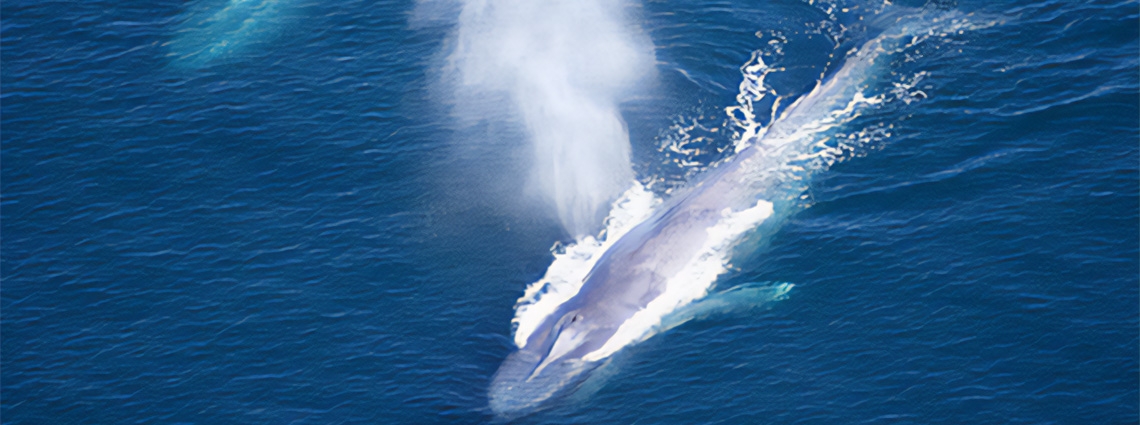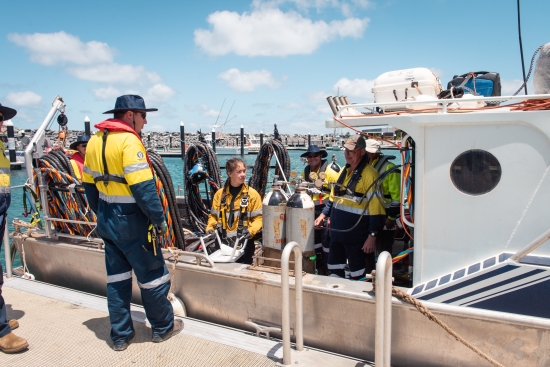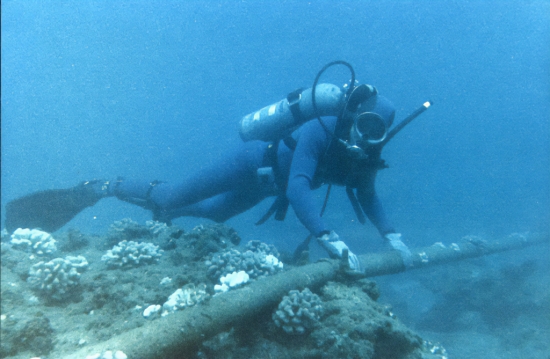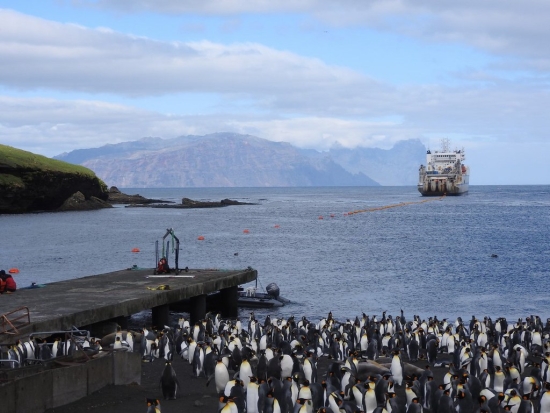Diving deep: CTBTO data helps discover new pygmy blue whale population
For years, a mysterious whale song, known as the 'Chagos song', echoed through the depths of the Indian Ocean, baffling scientists and researchers. In 2021, data from the Comprehensive Nuclear-Test-Ban Treaty Organization (CTBTO) finally unveiled its source.
In its mission to ban nuclear test explosions, the CTBTO has established a state-of-the-art International Monitoring System (IMS), which taps into four distinct technologies to keep a watchful eye and a sharp ear on the planet.
Among them, a network of hydroacoustic stations is used to detect sound waves travelling through water. These can be generated by a man-made nuclear test explosion, a powerful underwater earthquake, or icebergs calving from glaciers and breaking up as they melt.
Due to the efficient transmission of sound through water, even small signals can be readily detected at long distances, making the 11 stations in the IMS network sufficient to monitor the Earth’s oceans.
Hydrophones being prepared at hydroacoustic station (HA03) in Juan Fernandez Island, Chile
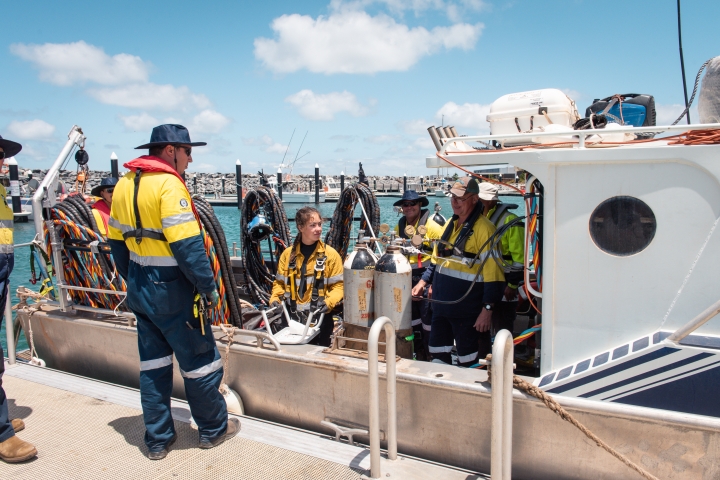
CTBTO experts preparing to lay new underwater cable for hydroacoustic station (HA01) in Cape Leeuwin, Australia
According to Mark Prior, Head of the Scientific Methods Unit at CTBTO, “Sound can travel long distances under water without suffering significant losses due to a natural 'sound channel' in the ocean. IMS stations are strategically established in locations that use this channel, enabling a single station to monitor signals generated tens of thousands of kilometers away.”
Here are some examples:
- Homemade bombs built from Coca-Cola bottles filled with diesel and fertiliser, and used in illegal blast fishing, can be detected 3,000 kilometres away.
- 40-kilogramme dynamite charges, used by scientists to investigate the structure of the earth around the fault that caused the Tohoku earthquake in Japan, were detected 16,000 kilometres off the coast of Chile.
- Sound generated by earthquakes near Tonga in the Pacific is routinely detected some 16,000 kilometres away on the IMS station at Ascension Island in the Atlantic Ocean.
The data gathered by these facilities is subsequently transmitted to the International Data Centre (IDC) in Vienna, Austria for analysis. At the IDC, experts can provide information which Member States can use to determine whether an event was nuclear in nature. These analysts can also pinpoint whether an event occurred under water, near the ocean surface, or close to a coastline.
Beyond nuclear test detection, this technology is also valuable in various civil and scientific fields, providing insights into oceanic phenomena, including marine life.
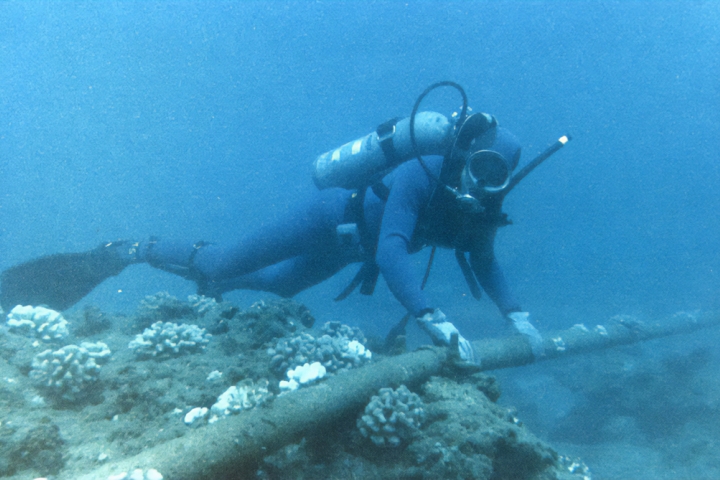
Diver places underwater cable at hydroacoustic station HA08 in the Chagos Archipelago
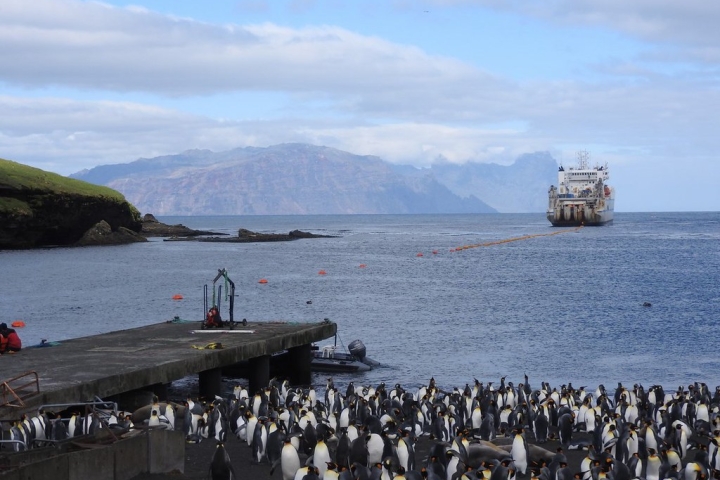
Ship used to transport equipment to lay underwater cable at hydroacoustic station (HA04) in Crozet Islands, France near colony of king penguins
Researchers at the University of New South Wales (UNSW) used data from the IMS to investigate the Chagos song, distinct from known blue whale populations. Delving into approximately two decades of recordings, they discovered that these sounds belonged to a previously unknown sub-species of blue whales - pygmy blue whales.
With this newfound understanding, scientists are better equipped to undertake conservation efforts aimed at protecting whale populations and the delicate marine ecosystems they inhabit. Moreover, the use of CTBTO data in this discovery underscores its pivotal role in advancing the Sustainable Development Goals (SDGs), particularly SDG 14 on the conservation of oceans, seas, and marine resources for sustainable development.
